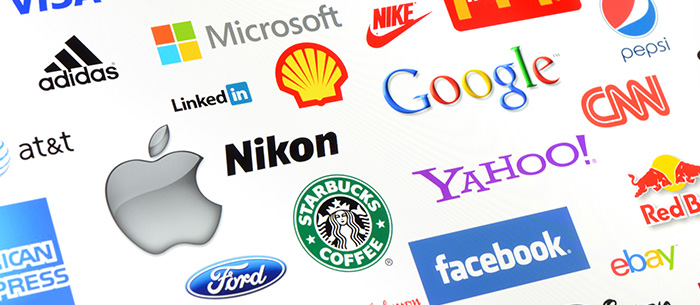
We sat down with Mike Monaco, VP of MediaMath’s Programmatic Strategy & Optimization team, to talk about brand safety in a programmatic world. As more brands realize the effectiveness of programmatic marketing, questions are being raised (and rightly so) about where their brand will end up on the Internet; we answer some of these questions below.
Q: What does brand safety mean from a technological standpoint and is there currently a clearly defined benchmark for brand safety?
A: Brand safety means employing a variety of platform tools to enable the advertiser to run in desirable environments as well as enhance the message a brand may be trying to communicate. To some brands, this may represent a G-rated environment made up of strict inventory that has been pre-vetted for any mention of things like violence, drugs, profanity, and other adult-content. For others, it could mean only running in environments that mirror the seriousness, or fun side, of a brand. For example, a medical center may not want to promote services on a site that has content about the latest blockbuster movie releases. On the flip side, for a soft drink brand, who may be trying to promote a fun lifestyle, running advertising on sites that focus primarily on the latest political environment may be equally as undesirable.
Q: How are marketers able to control brand safety within their programmatic buying platform, and what are some parameters to consider?
A: Currently, the tools exist within programmatic buying platforms, like TerminalOne, so marketers can layer on their own custom definition of brand safety, which will grossly differ brand by brand. These tools should be easy to apply to any buying strategy within the platform. It’s also important for marketers to determine at what level the brand safety should be applied. Some vendors allow for page-level categorization, which is ideal, whereas others may only be able to declare safety at the domain level.
Q: Why isn’t all inventory considered brand safe and what are industry players doing to ensure all inventory that is brand safe will be categorized as such?
A: Ideally, any inventory that CAN be properly categorized WILL be categorized. Part of the issue is the unwillingness of some publishers to share page level information. As publishers are beginning to understand that programmatic buying can actually increase ROI rather than hamper it, they should make more domain level information available. The other challenge is that brand safety is only as effective as the technologies employed to do the categorization. In current state, we’re potentially leaving some good inventory on the table. In order for a vendor to declare something “safe from violence,” it may need to evaluate that page many times over. Therefore, when you do employ this targeting up front, you may also be throwing away other opportunities to run on quality inventory which simply is unable to be evaluated by the vendor – but ultimately it’s better to be safe than sorry.
Q: What are 3 things marketers should consider on a campaign level, when it comes to ensuring brand safety?
A: 1.) Ensure you are working with a platform that is integrated with best-in-class providers of brand safety targeting.
2.) Avoid blanket brand safety settings if possible – consider designing your own definition based on your brand’s needs. Running ads on an entertainment blog, for example, is completely fine for some advertisers, but objectionable to others.
3.) Actively curate private marketplace deals with publishers you are comfortable with. This will increase your brand safe scalability and likely improve performance at the same time.
